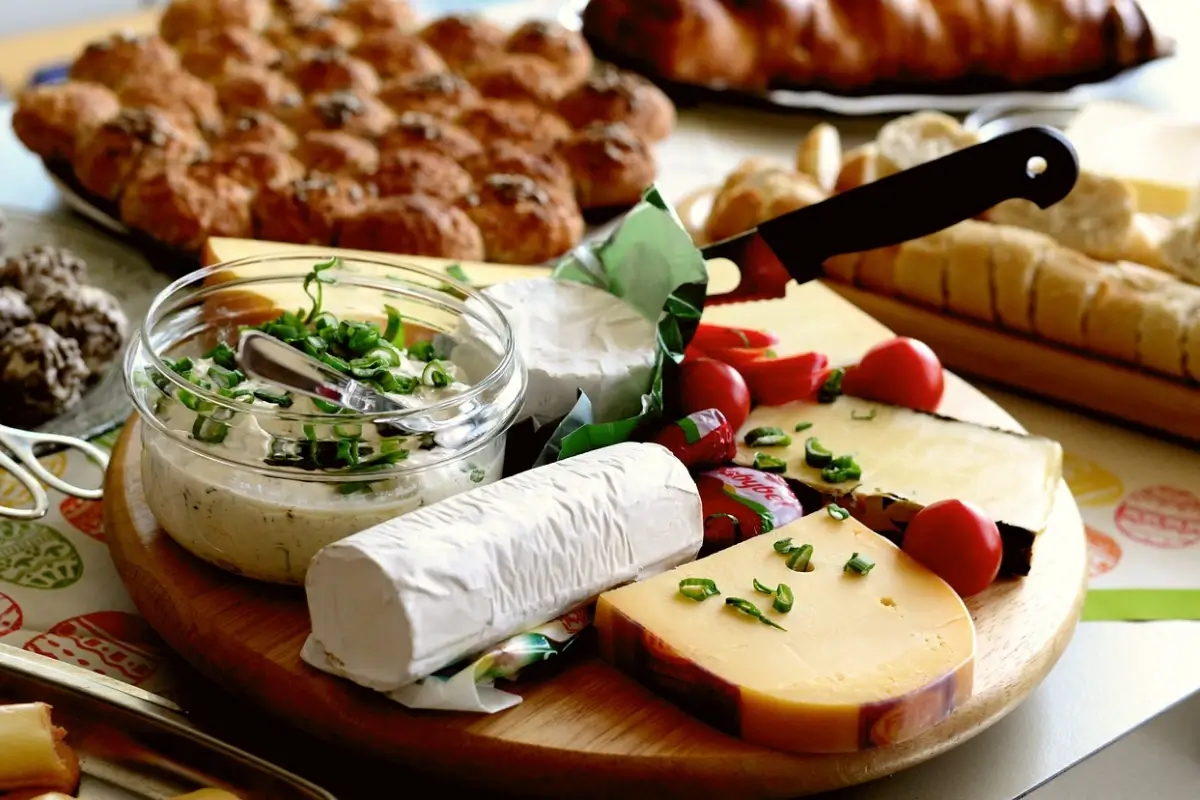Six Steps to Plate Matching – Both Nutritious and Delicious
How to cook healthy and delicious food at home? Learn the six steps of plate matching, let nutrition enter your plate.
1. The food should be diverse and the proportion should be appropriate
1. Cereals and potatoes: the food is diverse and mainly cereals. Eat an average of 250-400 grams per day (75-160 grams per meal), of which 50-150 grams of whole grains (15-60 grams per meal), and appropriate amount of potatoes.
2. Vegetables: There are vegetables in every meal. Eat different kinds of vegetables, an average of 300-500 grams per day (100-200 grams per meal), eat more than five kinds of vegetables every day, and fresh dark leafy vegetables account for half.
3. Fruits: Eat fruits every day. Eat more fresh fruit, with an average of 200-350 grams per day (70-150 grams per meal). Juice cannot replace fresh fruit.
4. Fish, eggs and beans: eat appropriate amount of fish, eggs and beans. An average of 120-200 grams of animal food per day (35-80 grams per meal), preferably fish and poultry, eat a variety of soy products.
5. A glass of milk a day. Choose a variety of dairy products to reach 300 grams of fresh milk (100-120 grams per meal).
2. Grains and potatoes are indispensable, and whole grains account for one-third
Cereals here refer to all staple foods, whether it is a bowl of rice, a steamed bun, or even a piece of sweet potato, each meal should account for a larger proportion of the dinner plate.
When steaming rice, at least 1/3 of the rice can be replaced with whole grains such as brown rice and millet, or mixed beans such as red beans and mung beans. You can also cut sweet potatoes and pumpkin into small pieces and cook with rice; when making pasta, Use whole wheat flour whenever possible. Try changing different whole grains every day, from less to more, so that your family can gradually adapt to the taste of whole grains.
Bread and biscuits baked with whole wheat flour are also good choices, and desserts and snacks made with refined white flour should be reduced as much as possible.
3. There are vegetables in every meal and fruits every day
Half of the dinner plate should be filled with vegetables and fruits, and if there is no fruit, replace it with vegetables. Try a variety of colors and textures, and cook them in a healthy way that you can handle, whether steamed, sautéed, roasted or raw.
For breakfast, you can choose more vegetables such as tomatoes, cucumbers, celery, and lettuce, which are convenient to eat raw. For lunch and dinner, choose more leafy vegetables, especially dark vegetables should account for more than half. Instead of taking more time to prepare, try a green salad, or make a vegetable soup.
You can add a serving of fruit to any of the three meals, or add fruit to your meal as a snack. For example, add some diced fruit to milk, yogurt, and oatmeal for dessert. Wash the fruit, cut it, and put it in a place where everyone can get it at home, so that everyone can eat it.
4. Fish, eggs, milk and beans, don’t be greedy if you want to eat them
Don’t be greedy for animal food and soy products, just make sure there is a palm-sized portion for each meal. For breakfast, you can choose a hard-boiled egg and a glass of milk. Livestock and poultry meat and aquatic products are arranged until lunch and dinner. Meat is eaten every day, and aquatic products are eaten at least twice a week.
When eating meat, eat lean meat and eat less fatty meat. It is best to peel chicken and duck. Try to use less processed meat products, learn a little cooking skills, and buy some suitable cooking tools, cooking will become very simple.
5. Reduce oil, salt and sugar, and add a few points to health
When cooking at home, use fresh ingredients as much as possible, and use less or no oil, salt, and sugar when cooking. Prepare oil control spoons and salt control spoons in the kitchen, and use them according to the number of people eating at home and the number of meals. Cooking oil should be 25-30 grams per person per day, and salt should not exceed 5 grams. Less frying and frying, more steaming, boiling and stewing.
When you first start adjusting to a reduced-salt diet, you may find it bland, but don’t worry, your taste buds need a little time. You can also try to prepare some unsalted seasonings by yourself, such as herbs, spices, garlic, vinegar, black pepper, lemon juice, etc., add some tomatoes and mushrooms as side dishes when cooking, and even sprinkle a little unsalted nuts , can bring more flavor. Use less cooking methods that add extra sugar, such as braised, sweet and sour, and shredded.
6. Drink 300 grams of milk every day and drink enough water
Drink at least 300 grams of milk or eat the same amount of dairy products every day, which can be divided into three meals, such as a glass of milk for breakfast, and a glass of yogurt for lunch or dinner.
Soy milk or soybeans can be combined with any other beans and nuts to make a delicious cup of plant milk. Drink more plain water and less sugary drinks. You can choose your favorite tea or coffee, try not to add or add less sugar.
Healthy eating doesn’t have to be monotonous and boring. Remember the six steps of plate matching, choose your favorite food from each food category, learn a little cooking skills, and your plate will be a unique nutritious plate.
2023-04-10






